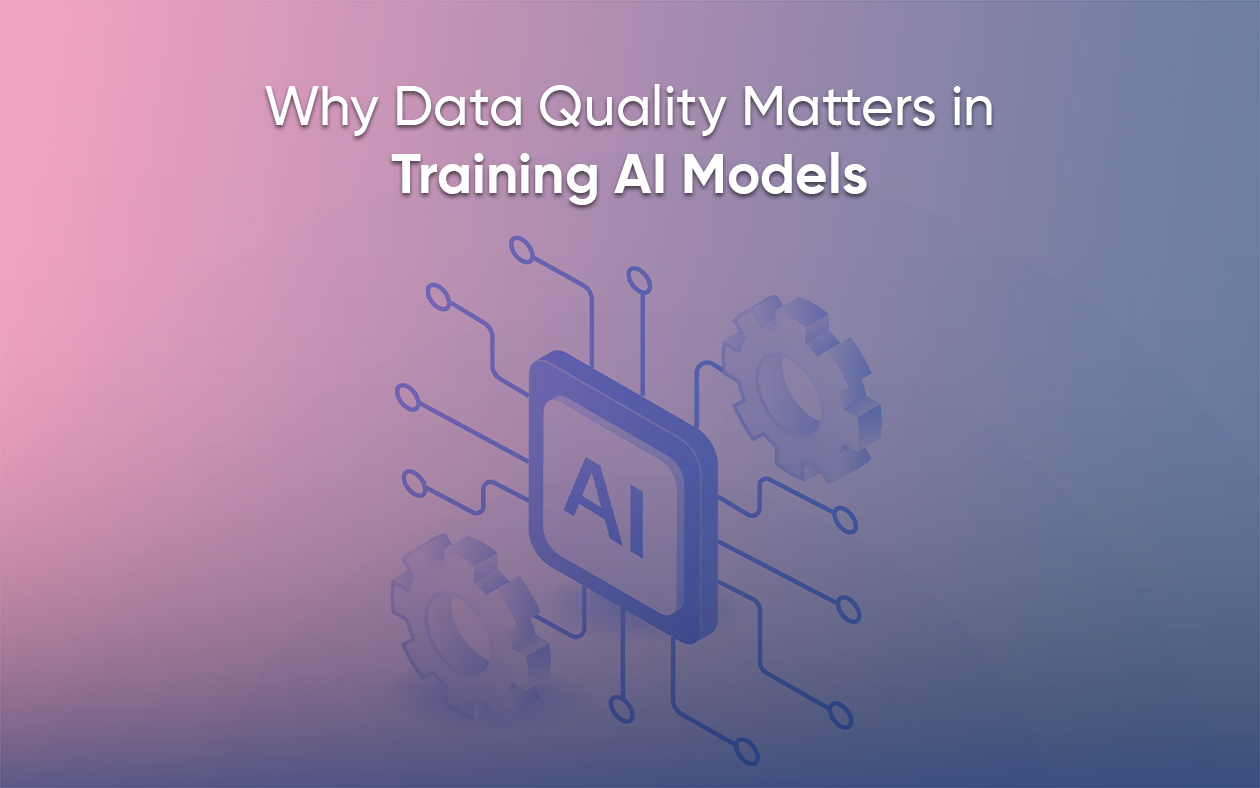
In simple terms, primary data is information you gather firsthand for a specific goal—like testing a hypothesis. Secondary data, on the other hand, is pre-existing information that you can adapt for your needs.
With primary data, you go straight to the source. This might mean conducting surveys, holding interviews, running experiments, or simply observing consumer behavior in a particular setting.
Secondary data is essentially secondhand information—data that’s already out there. It could be census reports from government publications, which often contain valuable demographic details, or even your own sales data, which you might use for trend analysis.
Finally, there’s supplementary data. This is additional information that supports or adds context to your primary and secondary data. While it might not directly answer your research questions, it helps enrich your analysis.
Supplementary data could include contextual factors, like recent local events, economic conditions, or even geographic data, which can help provide a more complete picture.
Difference Between Primary Data and Secondary Data
Here are the basic differences between primary and secondary data. In web scraping, you’re primarily working with secondary or supplementary data.
Secondary data sometimes face skepticism regarding credibility, but that’s often due to the source or context of the data rather than the data itself.
Trustworthy secondary data can be highly reliable and valuable—something we’ll explore in more detail later.

Both primary and secondary data can include qualitative and quantitative information. Qualitative data includes in-depth customer opinions from interviews, focus groups, or open-ended survey responses.
Quantitative data, on the other hand, consists of numerical information—such as sales figures, website traffic stats, or survey results with rating scales.
Depending on your research methodology, you may perform either qualitative or quantitative analysis. For a balanced approach, it’s often best to use both techniques.
This helps boost the credibility of your research and enhances the accuracy of your findings.

Why You Need to Go Beyond Primary Data
Primary data is super reliable—there’s no denying that. But is it enough to draw definitive conclusions?
We don’t think so.
Especially in the era of Big Data – Data so big we coined terms like zettabytes to measure it.
With over 5 billion people using the internet daily, each of us leaves a footprint that adds to this vast data pool.
To put it into perspective, if you could stack all the data created in a single day, it would reach the moon—twice.
According to Statista, by 2025, the world will produce over 180 zettabytes of data.
Your primary data might show that your profits increased last year or the year before that. But, does that mean you’re truly profitable? Can you be absolutely sure?
The broader information out there has insights that can help answer that.
For example, web scraping allows you to extract data from search results to gain insights into brand mentions, price trends, customer reviews, and sentiment analysis.
This can give you a more well-rounded perspective. And this is just the tip of the iceberg when it comes to web scraping’s potential.
Web Scraping and Its Role in Data Collection
Web scraping is a technique used to automatically extract large volumes of data from websites, making it a valuable tool for collecting secondary and supplementary data.
By gathering publicly available information on competitors, reviews, trends, or customer feedback from various online platforms, web scraping provides businesses with extensive, up-to-date data.
For instance:
- Secondary Data: A company might scrape real estate listings to analyze housing prices and trends for an industry report.
- Supplementary Data: Social media reviews can be scraped to add customer sentiment data, complementing primary survey insights.
To Sum It Up
Understanding the nuances between primary and secondary data is essential for any organization aiming to leverage insights effectively.
Primary data gives you direct, tailored information for specific goals, while secondary data offers a wealth of pre-existing knowledge that can broaden your perspective.
Supplementary data adds context, enriching your analysis and helping you connect the dots. However, in an era where data sources are abundant, extracting and synthesizing this information can be a formidable challenge.
This is where Grepsr excels.
With over 12 years of experience in managed data extraction, Grepsr has partnered with some of the biggest brands in the world, delivering fast turnaround times and the ability to tackle complex use cases.
Our round-the-clock support ensures that businesses can access the insights they need, whenever they need them.
By streamlining routine data extractions, Grepsr empowers organizations to make informed, data-driven decisions that fuel growth and innovation.










































































































